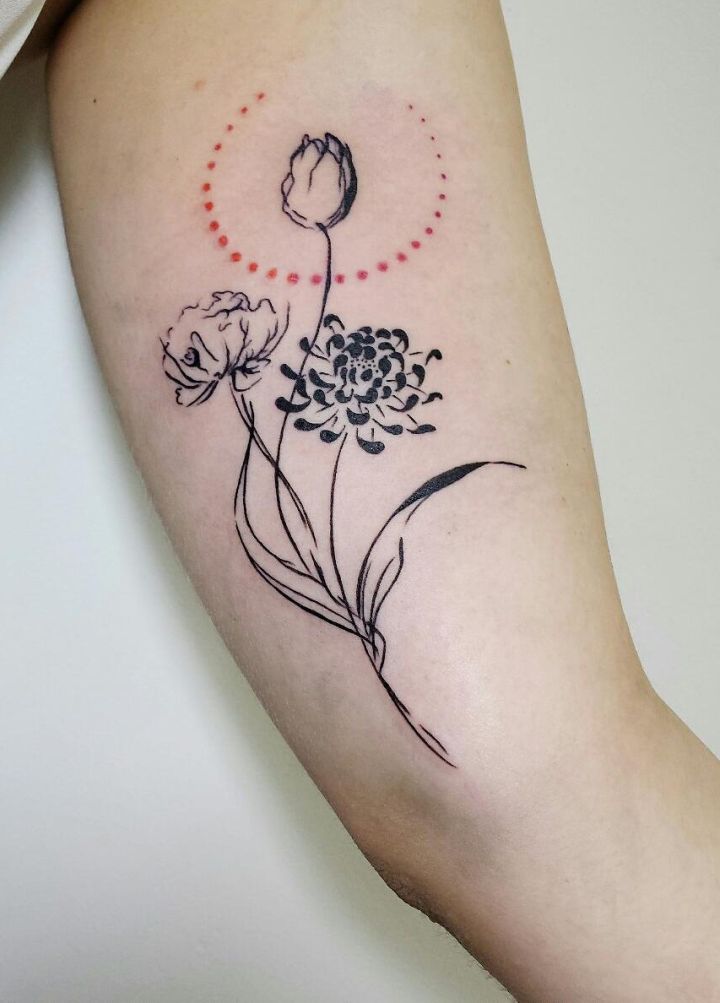

NATURAL ELEMENT 4 ELEMENTS TATTOO FREE
Carriers keep the ink evenly mixed and free from pathogens, and aid application. Carriers Ī carrier acts as a solvent for the pigment, to "carry" the pigment from the point of needle trauma to the surrounding dermis. Tattoo inks contaminated with metal allergens have been known to cause severe reactions, sometimes years later, when the original ink is not available for testing, see metal allergy. Tattoo ink manufacturers typically blend the metal pigments and/or use lightening agents (such as lead or titanium) to reduce production costs. Other elements used as pigments include antimony, arsenic, beryllium, calcium, lithium, selenium, and sulphur. Organic chemicals used include azo-chemicals (orange, brown, yellow, green, violet) and naptha-derived chemicals (red). Metal salts used for tattoo inks include those based on nickel (black), zinc (yellow, white), chromium (green), aluminium (green, violet), titanium (white), copper (blue, green), and iron (brown, red, black) as well as the toxic heavy metals cobalt (blue), mercury (red), lead (yellow, green, white), cadmium (red, orange, yellow), and barium (white). Homemade or traditional tattoo inks may be made from pen ink, soot, dirt, blood, or other ingredients.
NATURAL ELEMENT 4 ELEMENTS TATTOO PROFESSIONAL
Professional inks may be made from iron oxides ( rust), metal salts, or plastics. Manufacturers are not required to reveal their ingredients or conduct trials, and recipes may be proprietary. Various tattoo ink manufacturers also produce vegan-friendly inks that do not contain any animal by-products like bone char, glycerin, gelatin, and shellac. Most professional tattoo artists purchase inks pre-made (known as pre-dispersed inks), while some tattooers mix their own using a dry pigment and a carrier. Tattoo inks are available in a range of colors that can be thinned or mixed together to produce other colors and shades.

6.1 Glow in the dark ink and blacklight ink.


 0 kommentar(er)
0 kommentar(er)
